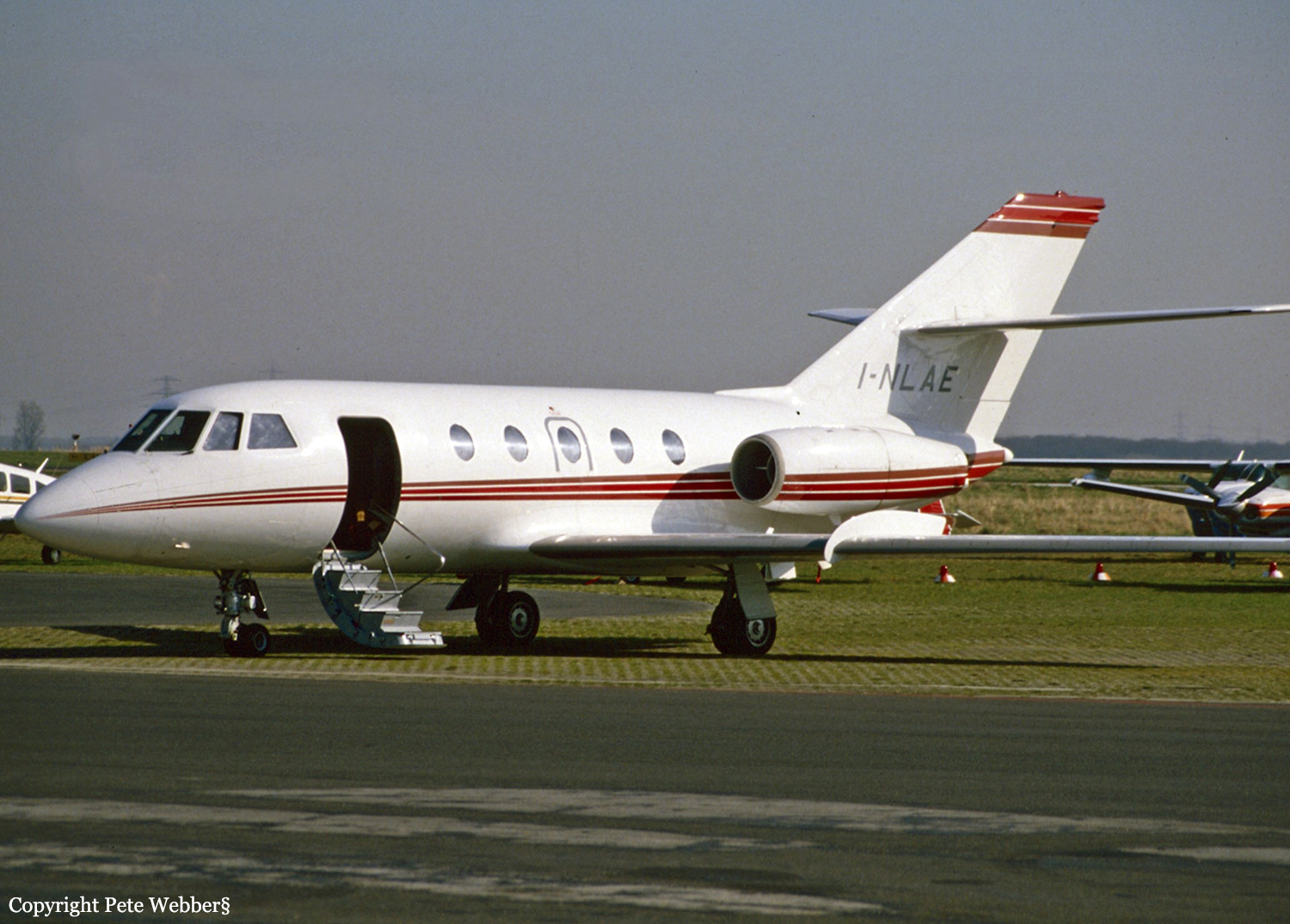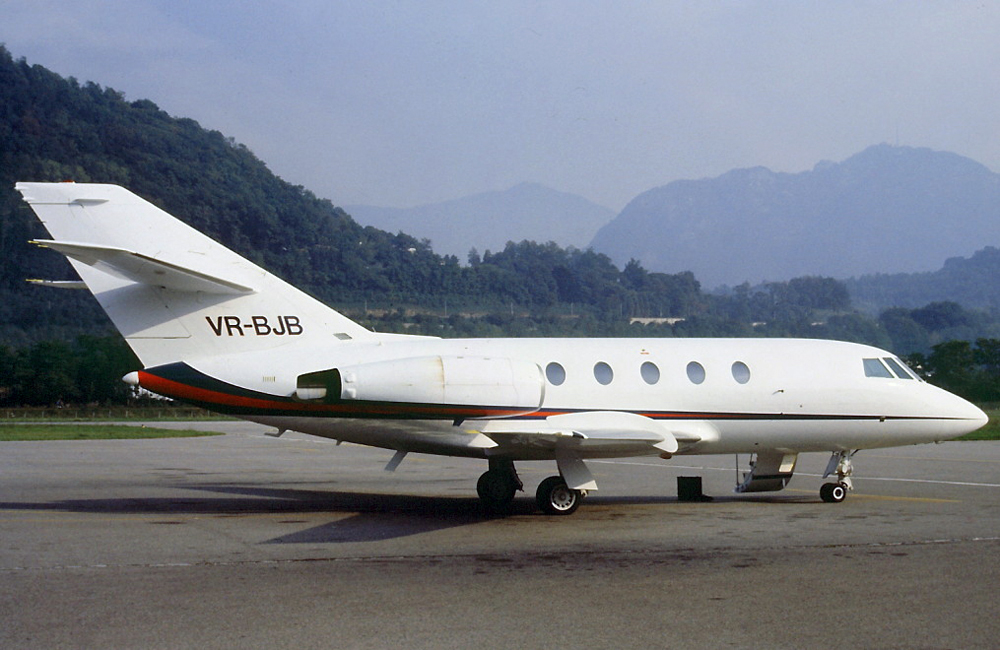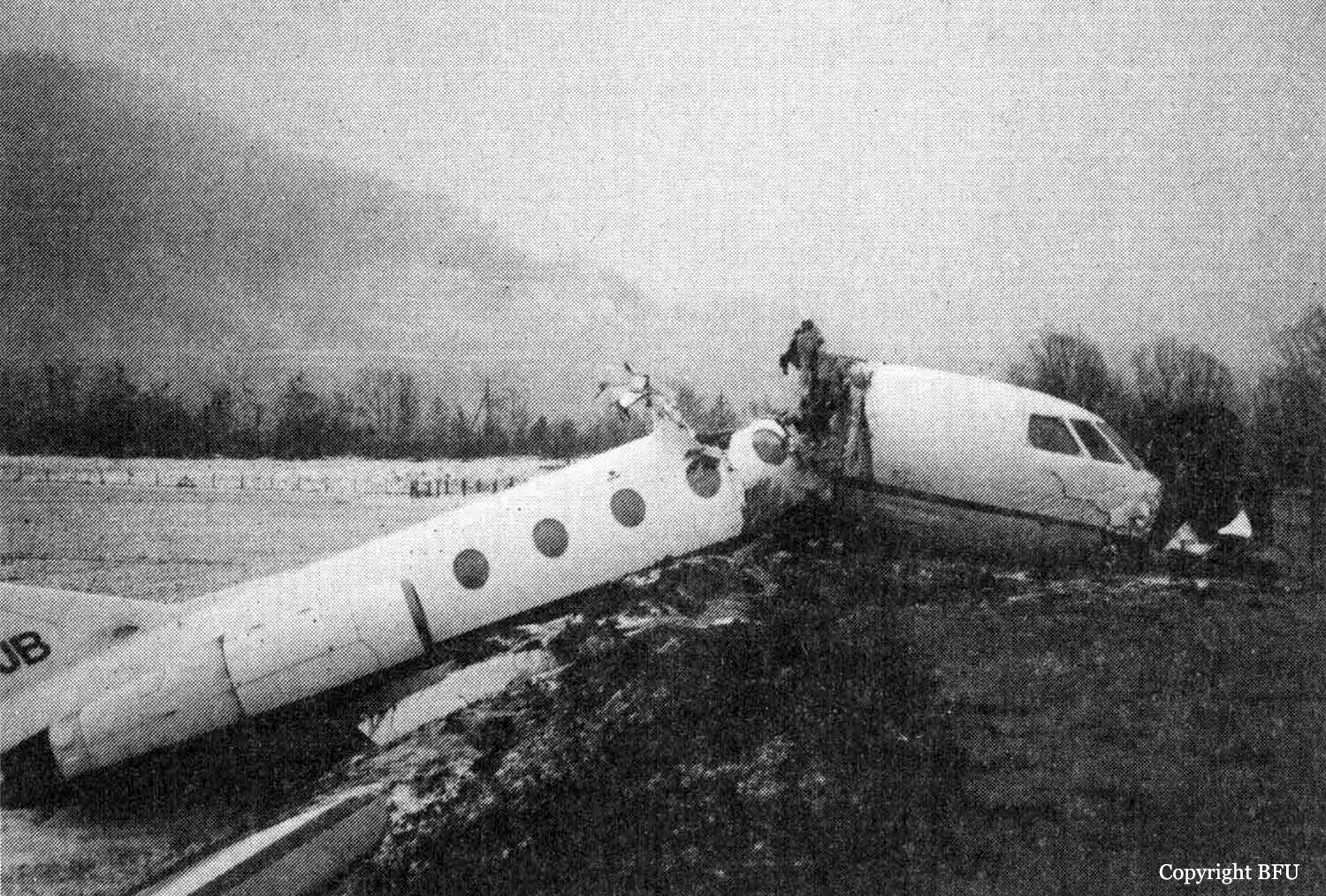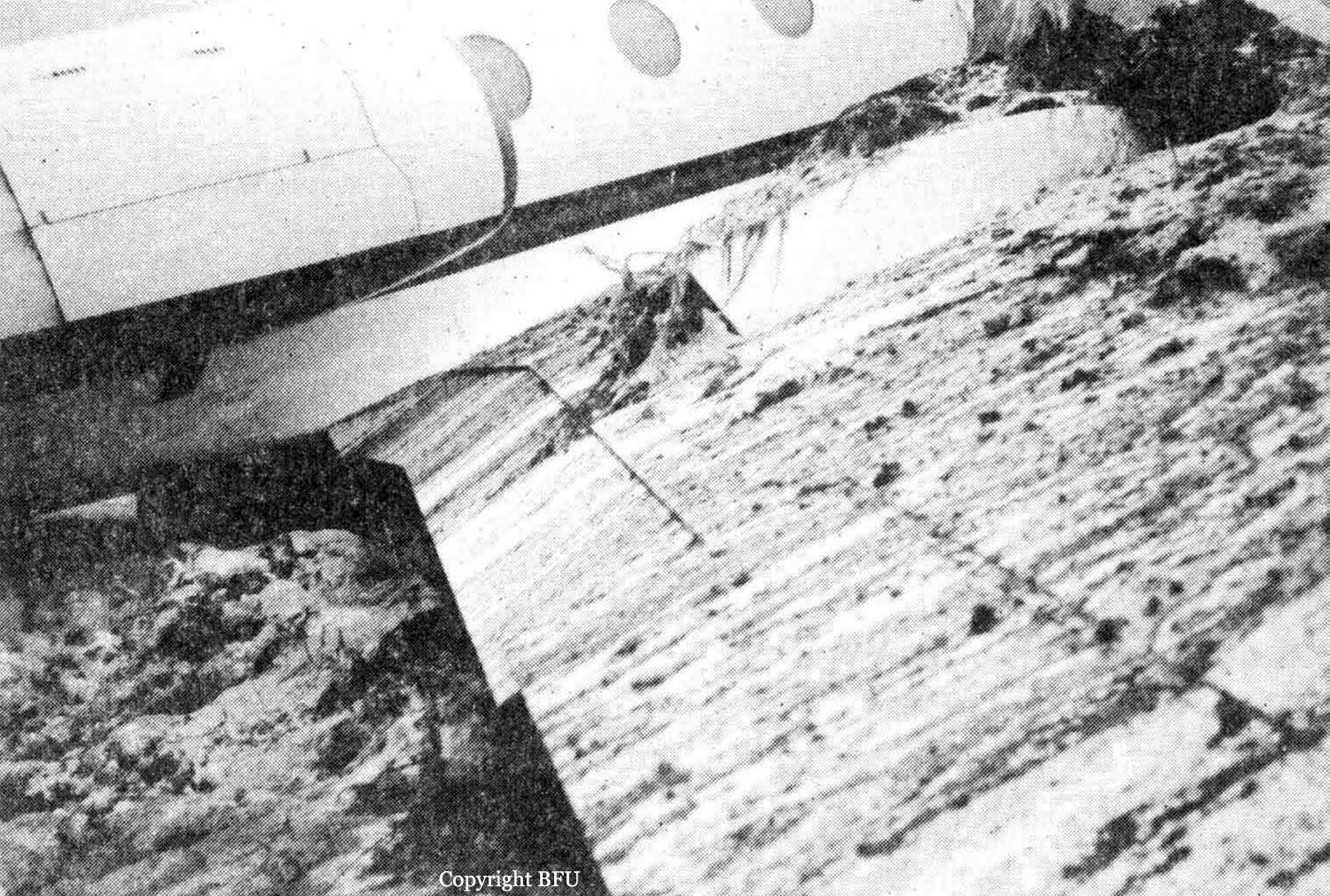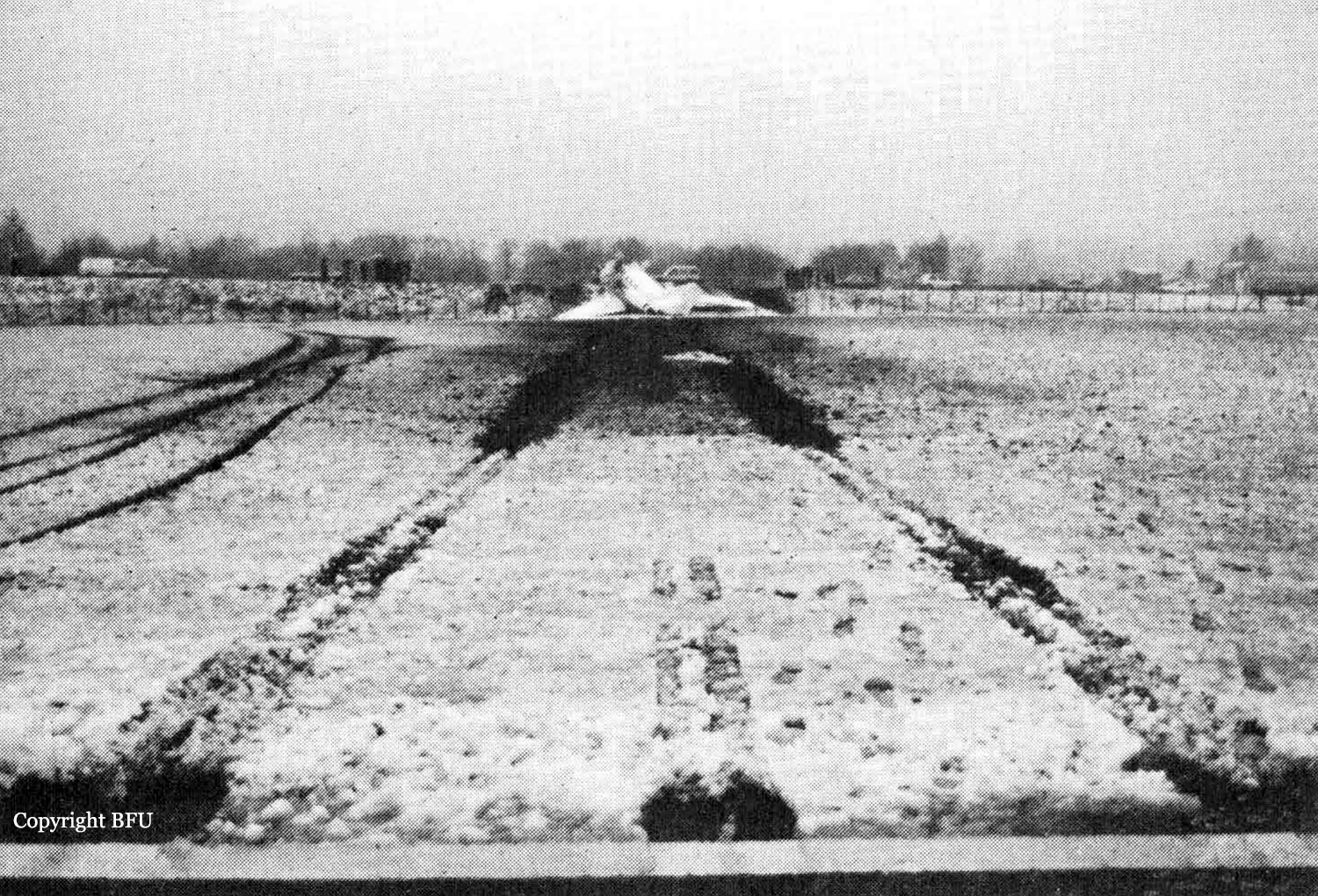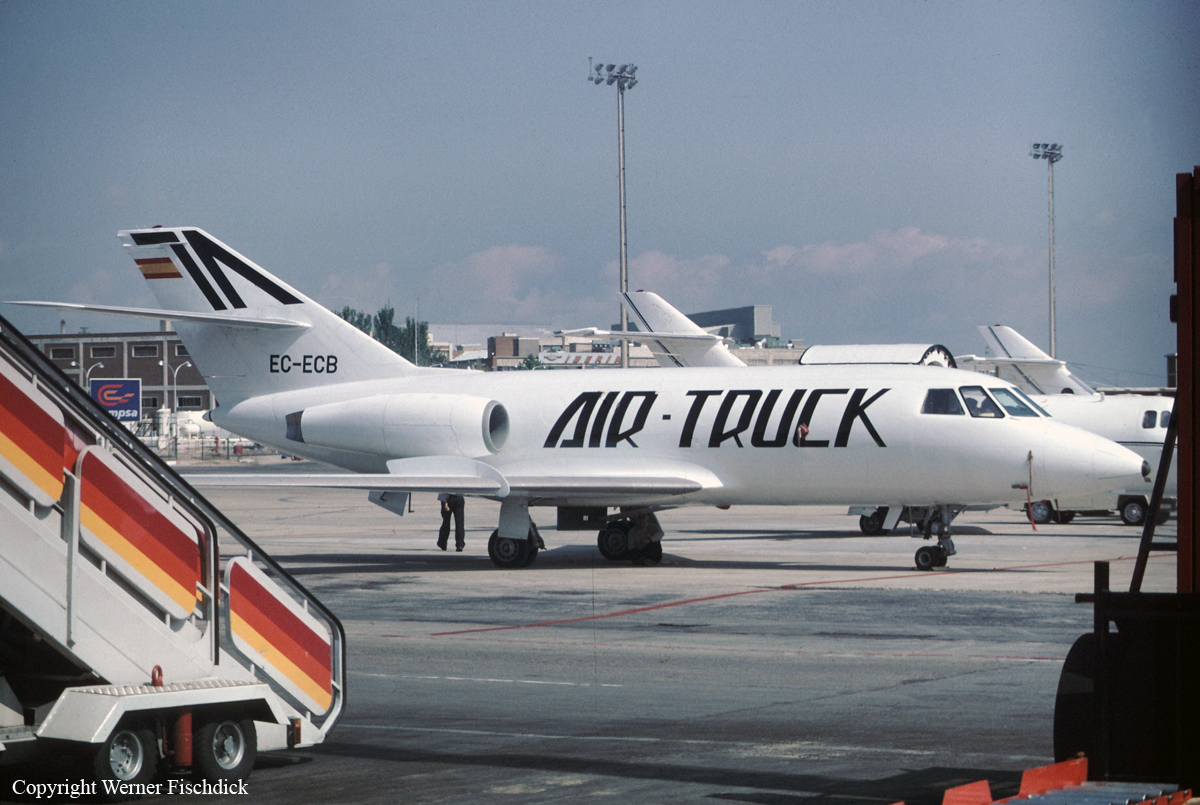Crash of a Dassault Falcon 20SNA in Élancourt: 4 killed
Date & Time:
Dec 2, 1991
Registration:
309/F-UGWP
Survivors:
No
Schedule:
Luxeuil - Vélizy-Villacoublay
MSN:
309
YOM:
1975
Crew on board:
4
Crew fatalities:
Pax on board:
0
Pax fatalities:
Other fatalities:
Total fatalities:
4
Circumstances:
The crew departed Luxeuil-Saint Sauveur AFB on a training flight to Vélizy-Villacoublay AFB on behalf of the 'Système de Navigation d’Attaque' (SNA). On approach, both engines lost power and the crew elected to divert to Toussus-le-Noble Airport for an emergency landing. The captain eventually attempted to land on a sports field when the aircraft struck a concrete wall and crashed, bursting into flames. The wreckage was found in Élancourt, about 17 km west of Vélizy-Villacoublay AFB. The aircraft christened 'Étoile du Berger' was destroyed and all four crew members were killed.
Crew:
Cdt Jean-Luc Luciani,
Cpt Christian Huth,
Cpt Pierre Schmitt,
Lt Philippe Hirson.
Crew:
Cdt Jean-Luc Luciani,
Cpt Christian Huth,
Cpt Pierre Schmitt,
Lt Philippe Hirson.
Probable cause:
It is believed that both engines lost power on approach after ice detached from both wings surfaces.



